
Get an in-depth look into tolerance analysis, gears, SPC, stack analysis and data-driven papers
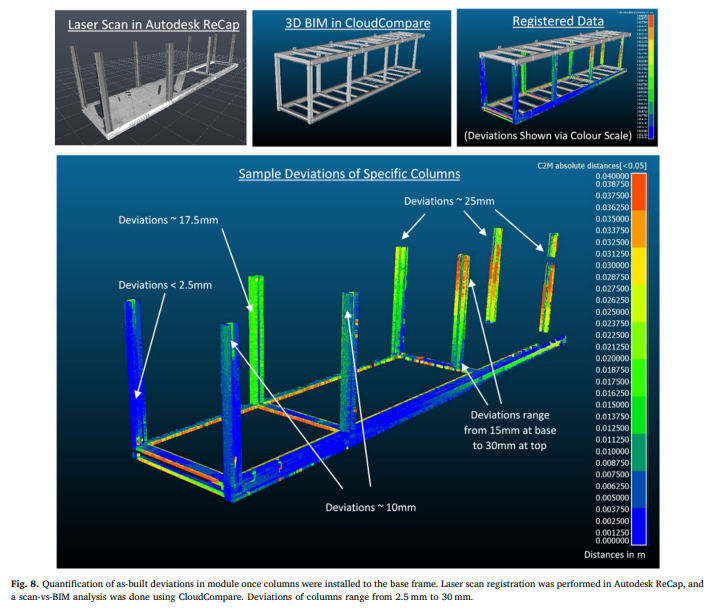
This article demonstrates Monte Carlo tolerance simulation on a prefabricated construction assembly, where variations up to 37mm are identified compared to as-built deviations which range up to 30 mm. Process optimization is also explored, where risk of rework related to dimensional variability is reduced by 65.6% through selection of alternate fabrication processes.

Suspension systems are critical in defining a vehicle’s ride comfort and handling characteristics. This paper explores how bush compliance and kinematic linkage dimensional variations affect the overall performance of suspension systems. By analyzing the mechanical behavior of bushings and linkages, this study aims to provide a comprehensive understanding of their influence on vehicle dynamics, highlighting the importance of precise engineering and design considerations. 3D Monte Carlo simulation using a 3DCS complaint module is used to perform the combined effects of linkage dimensional variation and bush compliance.
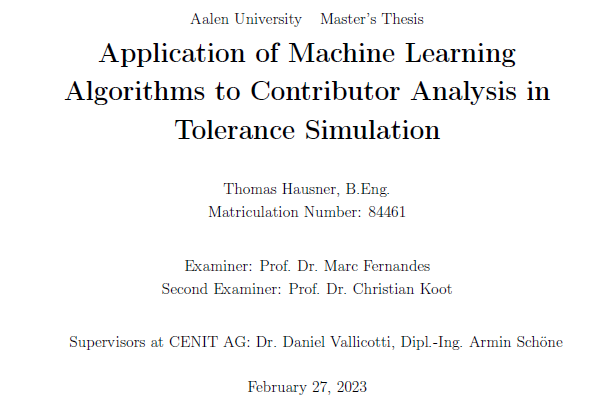
The classical approach of contributor analysis in tolerance simulation assumes linearity and independence between input tolerances which is not always true for real cases. The thesis gives an overview of techniques from sensitivity analysis and interpretable machine learning, and empirically tests and compares their applicability on contributor analysis for tolerance analysis. A focus is put on surrogate modeling with tree-based models.

Monte Carlo Simulation is a category of techniques used to predict the possible outcomes of an uncertain event, action, or any real-world system. The Monte Carlo Simulation, as a method, was developed by John von Neumann and Stanislaw Ulam in 1945 [1]. Since then, Monte Carlo Simulation has been applied in many fields, including project management, weather forecasting, stock market research, artificial intelligence research, as well as manufacturing industries. As a method, Monte Carlo Simulation can provide statistical predication under uncertain conditions, versus known inputs. Monte Carlo Simulation is used to predict the possible outputs with probabilities on the outputs as shown in Figure 1.
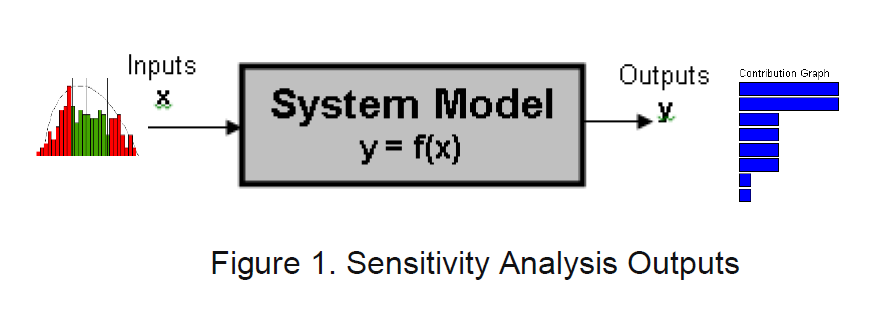
Sensitivity analysis is used to quantify the effects of the inputs on the outputs in a real system [1]. Typically, the inputs can spread over a range. We would like to know how much output is affected by each input, as shown in the contributing graph in Figure 1.
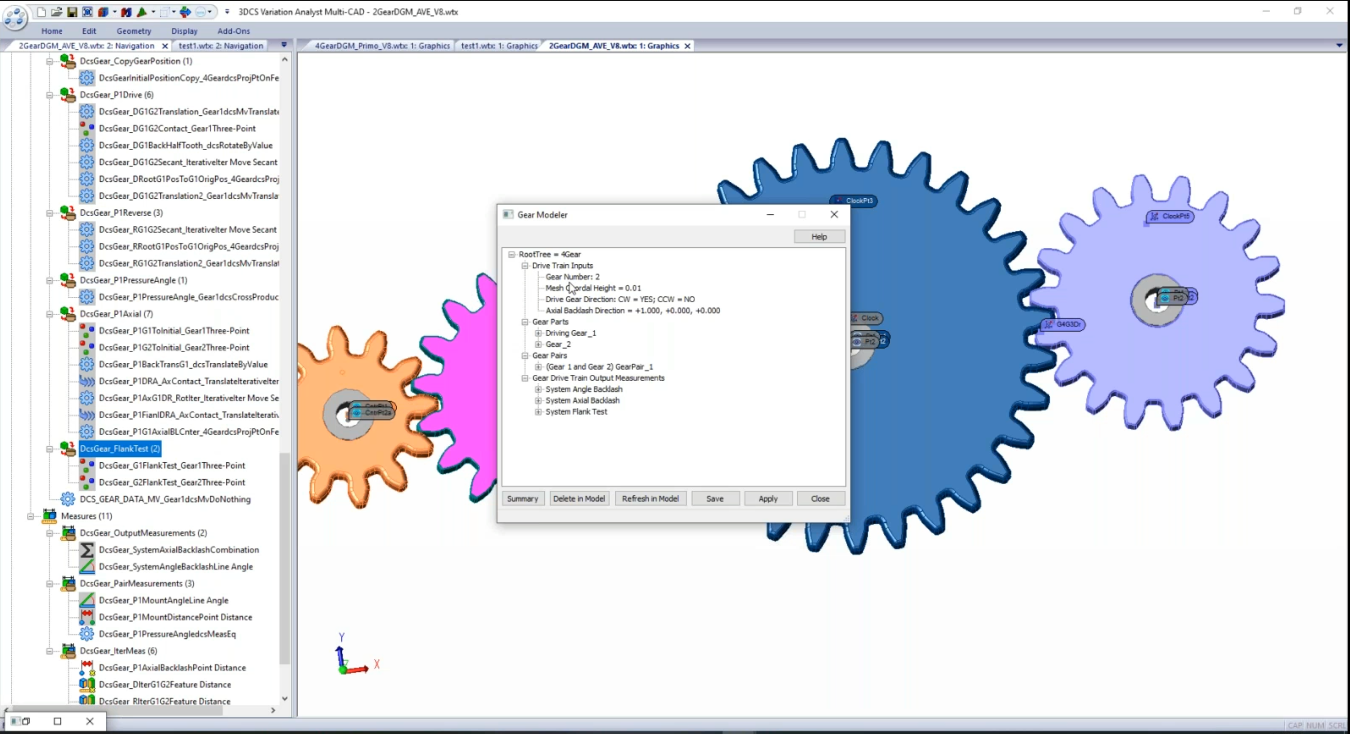
3DCS Variation Monte Carlo analysis with multiple tooth contacts and gear rotations are used on two standard gear tests, axial backlash, angle backlash and a flank test pattern. Charts, illustrations and results for a Spur Gear Train are used to present the conclusions graphically.

Modern industry businesses are under pressure to link their quality-related targets and processes more effectively to their business goals. This means that precise and lag-free control and regulation of all the major influence factors must ensure maximum quality contribution to the key performance indicators (KPIs). The basis for achieving this goal lies in digitalization and end-to-end integration of quality-relevant processes.
In this CENIT Whitepaper, author Ulrich Decker offers a step-by-step solution guide, showing how to implement an end-to-end digital quality management process that meets your goals and matches your manufacturing setup. Additionally, he provides background knowledge and practical tips that will help you address this task in your capacity as a decision-maker.
A MODELING APPROACH FOR ELASTIC TOLERANCE SIMULATION OF THE BODY IN WHITE HANG-ON PARTS
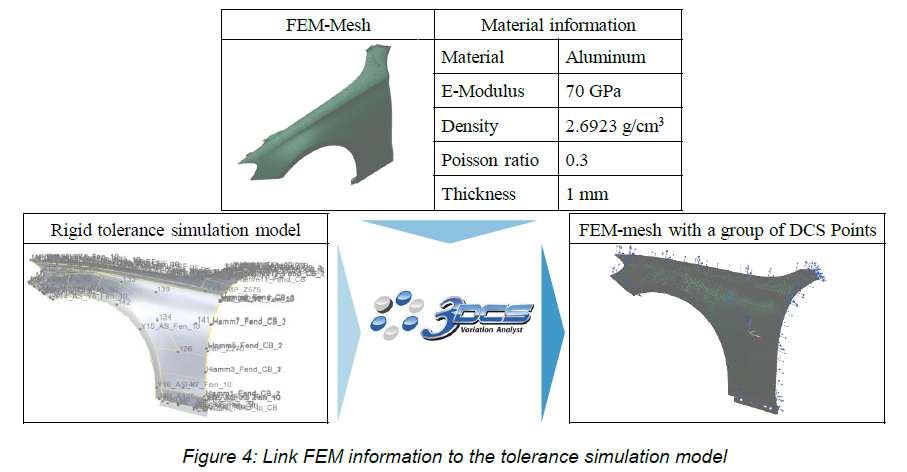
This paper proposes an approach to implement tolerance simulation for a compliant assembly, which includes manufacturing processes such as clinching, bolting, and hemming by applying tolerance simulation tool.
The fender-BIW system is simulated as a compliant–rigid system and the simulation model is applied to two production scenarios. The simulation results are compared with real measurement data, which demonstrates the efficacy of using simulation in early production as opposed to prototyping or other methods of design by showing the strong correlation between simulation results and as-built products.
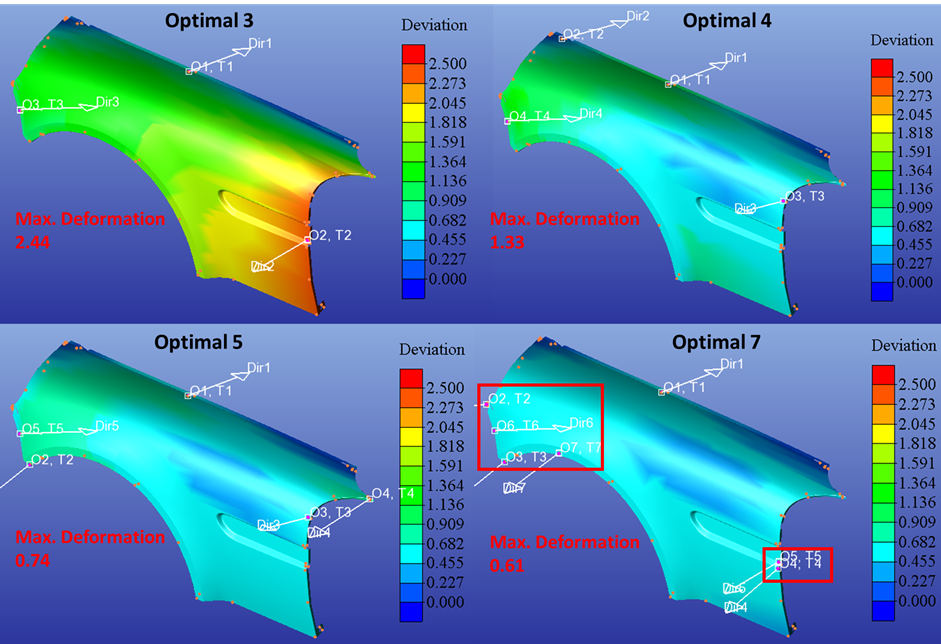
3DCS Datum Optimizer (DO) is a tool that uses a genetic algorithm (GA) to determine the optimal datum features from a candidate set with the goal of minimizing the rigid part variation or compliant part deformation. Using DO during the design stage and prior to production gives users the ability to eliminate or minimize rework, reduce tuning mechanisms to select the proper datum features, and have higher confidence in passing Gage Repeatability and Reproducibility (R&R) studies.
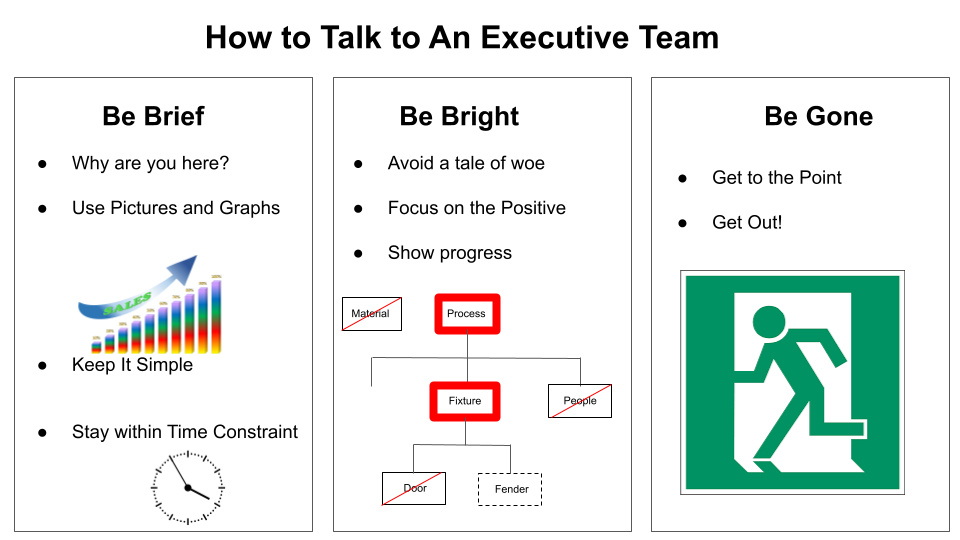
Improving communication with your leadership team will help your team deliver quality results on time with better business outcomes. Following a simple model you can meet your goals, make a positive impact on the business, and leave the executive team with a positive impression of you!
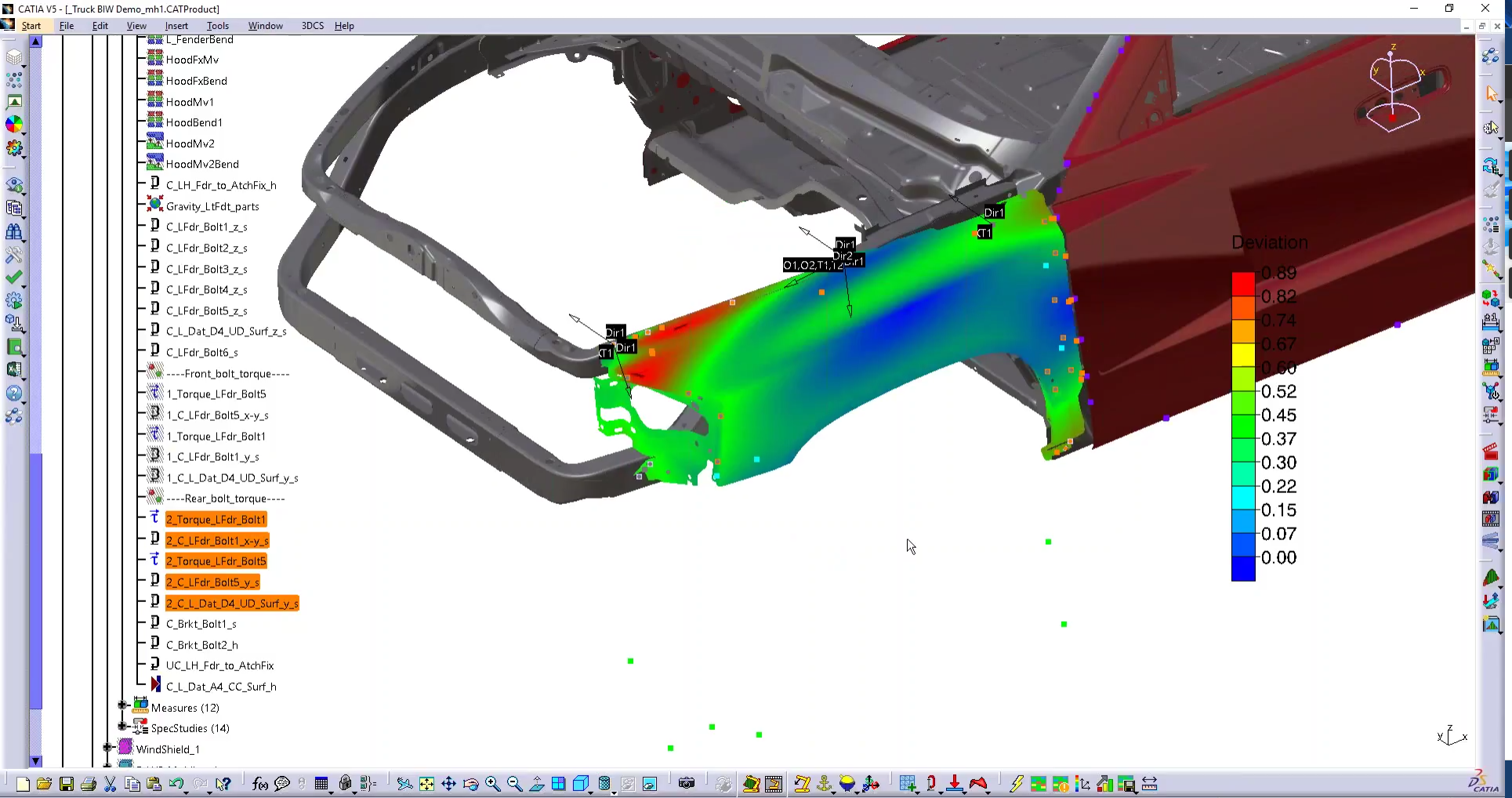
There are three methods for locating compliant parts within a model depending on available time and budget, desired accuracy, user experience, and licenses and software.
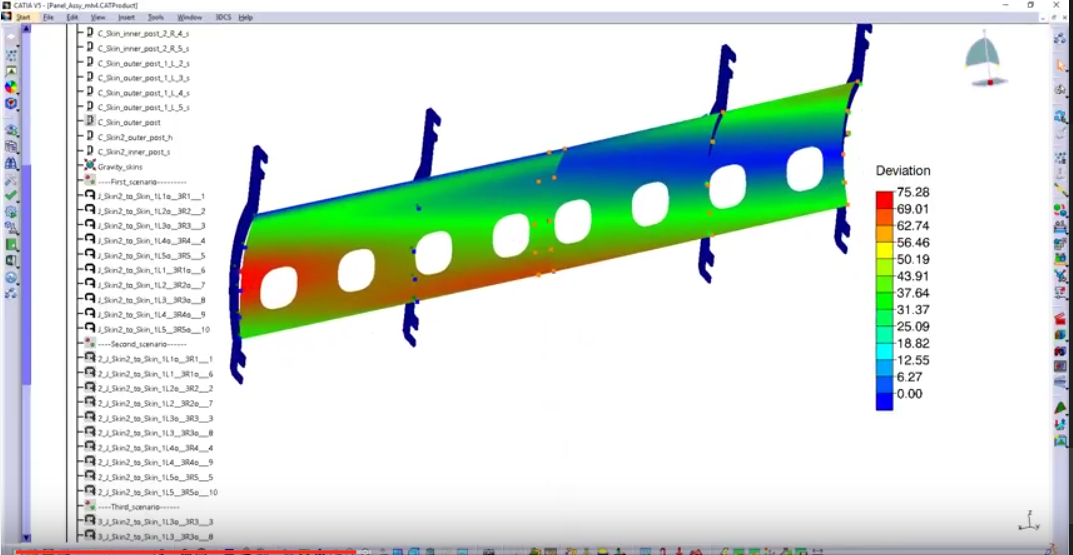
Using 3D CAD models, advances in simulation allow engineers to design out these influences through a combination of tooling, process, and tolerance changes to reduce costs. This whitepaper examines the process of simulating the effect of both thermal expansion and gravity on automotive structures.
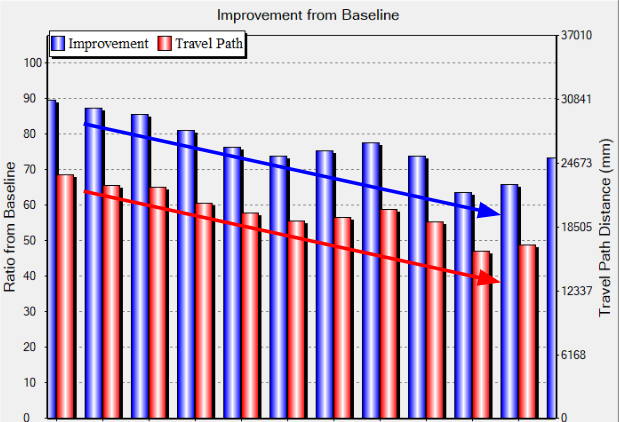
This paper describes a process and software tool (Sequence Optimizer) designed to reduce lead and launch time by eliminating or minimizing manual join and clamp sequence studies. Design gaps and part tolerances cause dimensional variation in assemblies using point-based attachment methods such as spot welding, riveting, or bolting. Sequence Optimizer finds the optimal join and clamp sequence from a candidate set resulting in manufactured assemblies as close to nominal as possible.
Dimensional integrity has a significant impact on the quality of the final products in multistation assembly processes. A large body of research work in fault diagnosis has been proposed to identify the root causes of the large dimensional variations on products.
These methods are based on a linear relationship between the dimensional measurements of the products and the possible process errors, and assume that the number of measurements is greater than that of process errors.
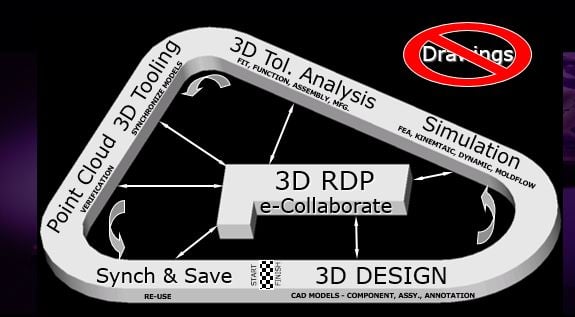
In this series of Model-Based Definition (MBD) articles, Norm Crawford discusses MBD with us at DCS, and shares his experiences in both successes and failures in Model-Based Definition.
This whitepaper compiles the five articles from an interview with industry expert Norm Crawford, focusing on the understanding and application of both Model-Based Definition MBD and GD&T.
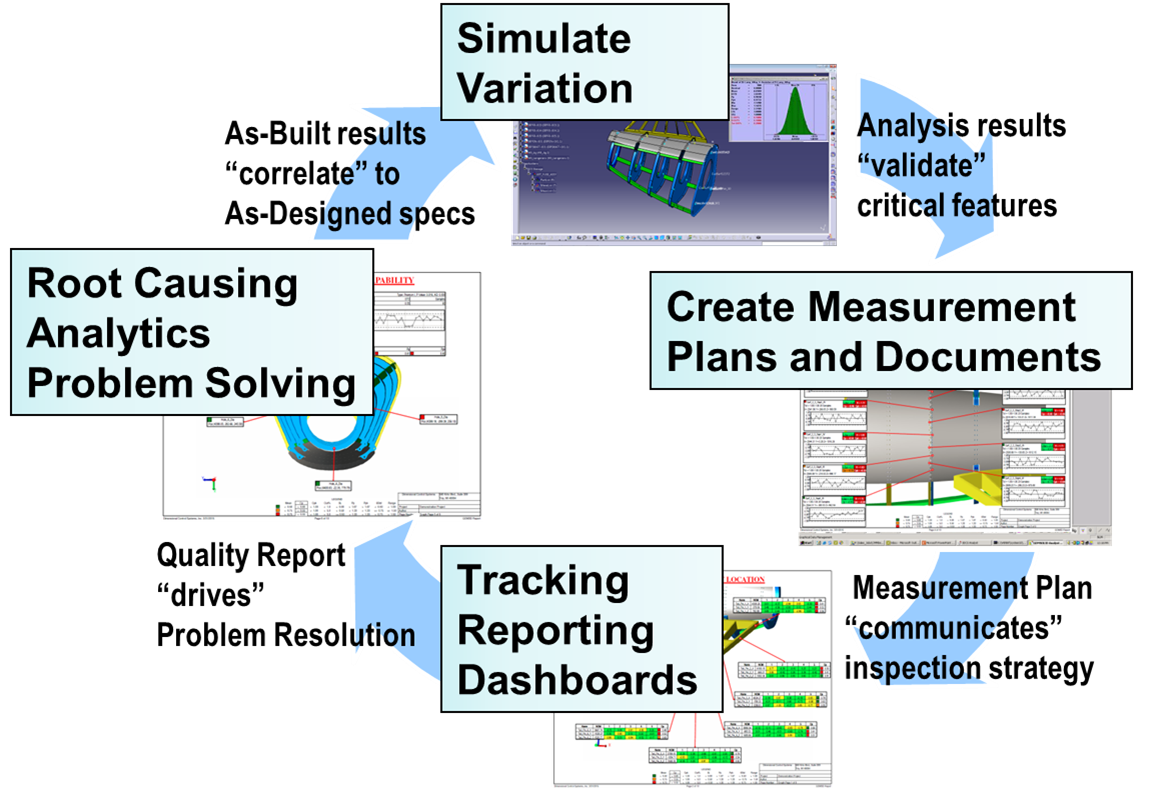
The aerospace industry is continually becoming more competitive. With an aircraft's large number of components, and the large supplier base used to fabricate these components, it can be a daunting task to manage the quality status of all parts in an accurate, timely and actionable manner.
This paper focuses on a proof of concept for an aircraft fuselage assembly to monitor the process capability of machined parts at an aircraft original equipment manufacturer (OEM) and their supply chain.
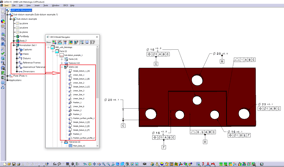
Companies that incorporate digital GD&T with model-based definition (MBD) 3D models can create more accurate representations that speed up the design and production processes, reduce waste and improve communication and collaboration across all teams involved in the design and manufacturing process.
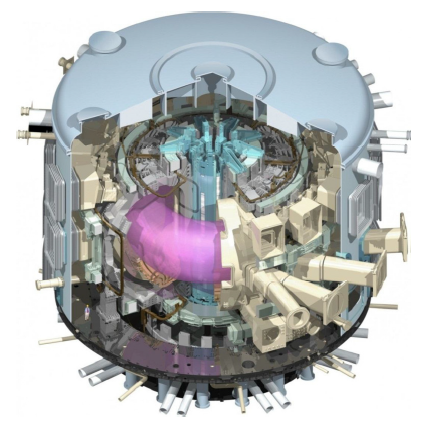
ITER is a global collaboration – involving China, the European Union (represented by EURATOM), India, Japan, Korea, Russia, and the U.S. – formed to test the feasibility of fusion as a potential large-scale commercial energy source for the future. Fusion is the process the sun uses to create heat and light. It produces no carbon emissions and no air pollution. With hydrogen being the fuel for a fusion-based reactor, it would have the potential to provide a much-needed source of virtually unlimited clean energy.
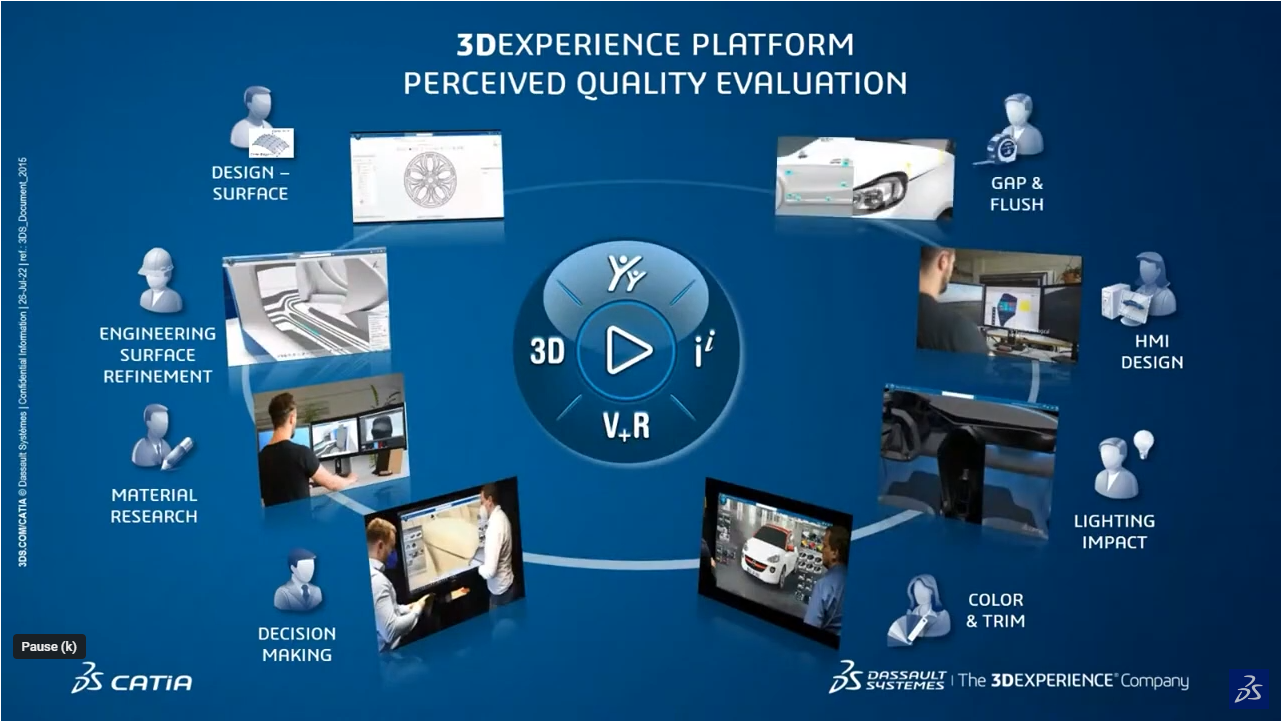
This paper is based on the presentation given at CATIA Creative Design and ICEM Conference by Dassault Systemes and DCS Partner Hitex. It focuses on using high-end visualization in the 3DEXPERIENCE Platform (CATIALive Rendering) as part of the engineering process to help determine build objectives and improve the Perceived Quality of products.
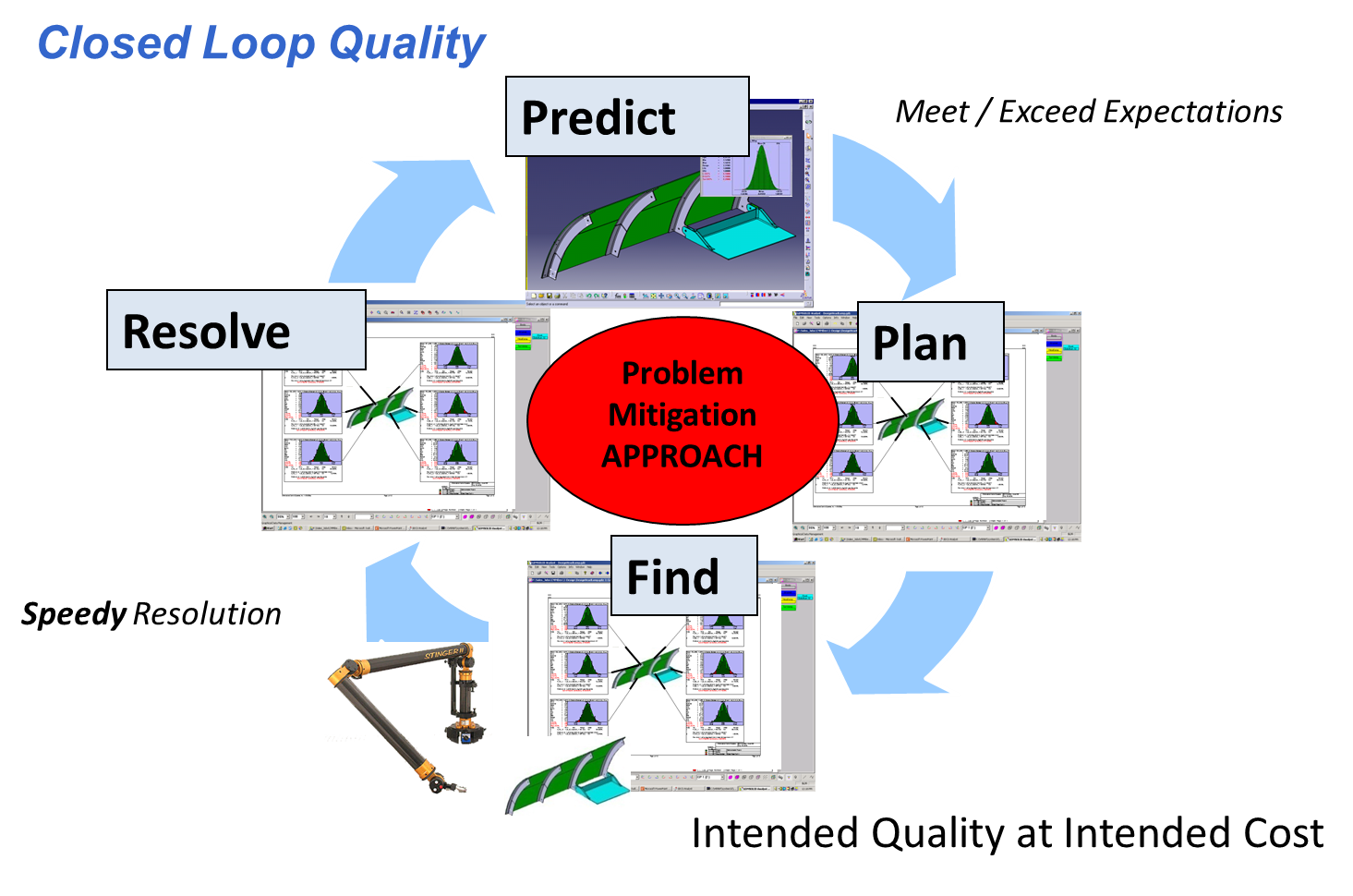
This paper will describe the “closed-loop” approach to dimensional engineering, utilizing virtual simulations and tolerance analyses, and how such an approach can link cost factors with tolerance adjustments so that users have the data they need to make the most strategic business decisions regarding the balance between quality and cost. With such an approach, users are able to determine how to precisely meet their quality requirements by identifying and focusing on the key points affecting quality while avoiding unnecessarily tight tolerances that can prevent them from achieving cost and time goals.
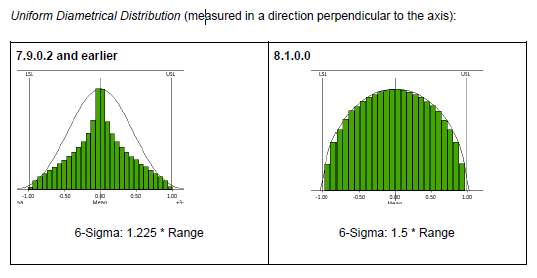
The 3DCS development team has enhanced capability and simplified our Contributor analysis for Diametrical Tolerance Zones.
Enhancements include:
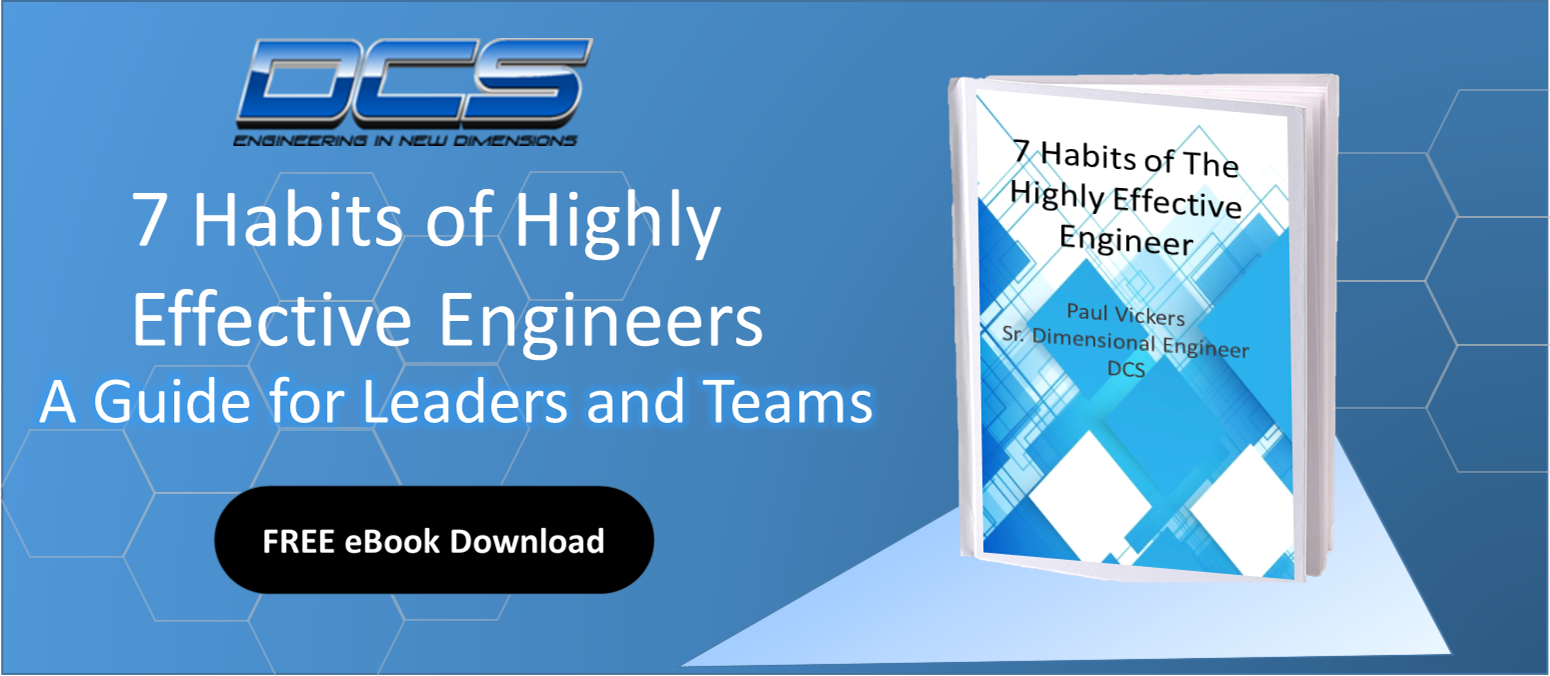
The key to success in any job is leveraging the team's skills and working with others to achieve business results that exceed expectations and achieve business success. I have done this through a servant leader mentality that can be used to achieve your goals and objectives as well. In engineering, and in many areas of life, people want to focus on tools and methods. But Principal Centered Leadership can take you farther and faster than any tool can possibly do.